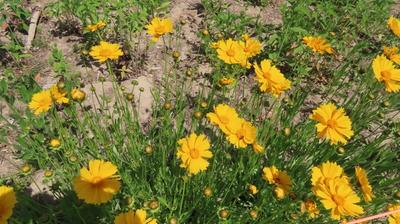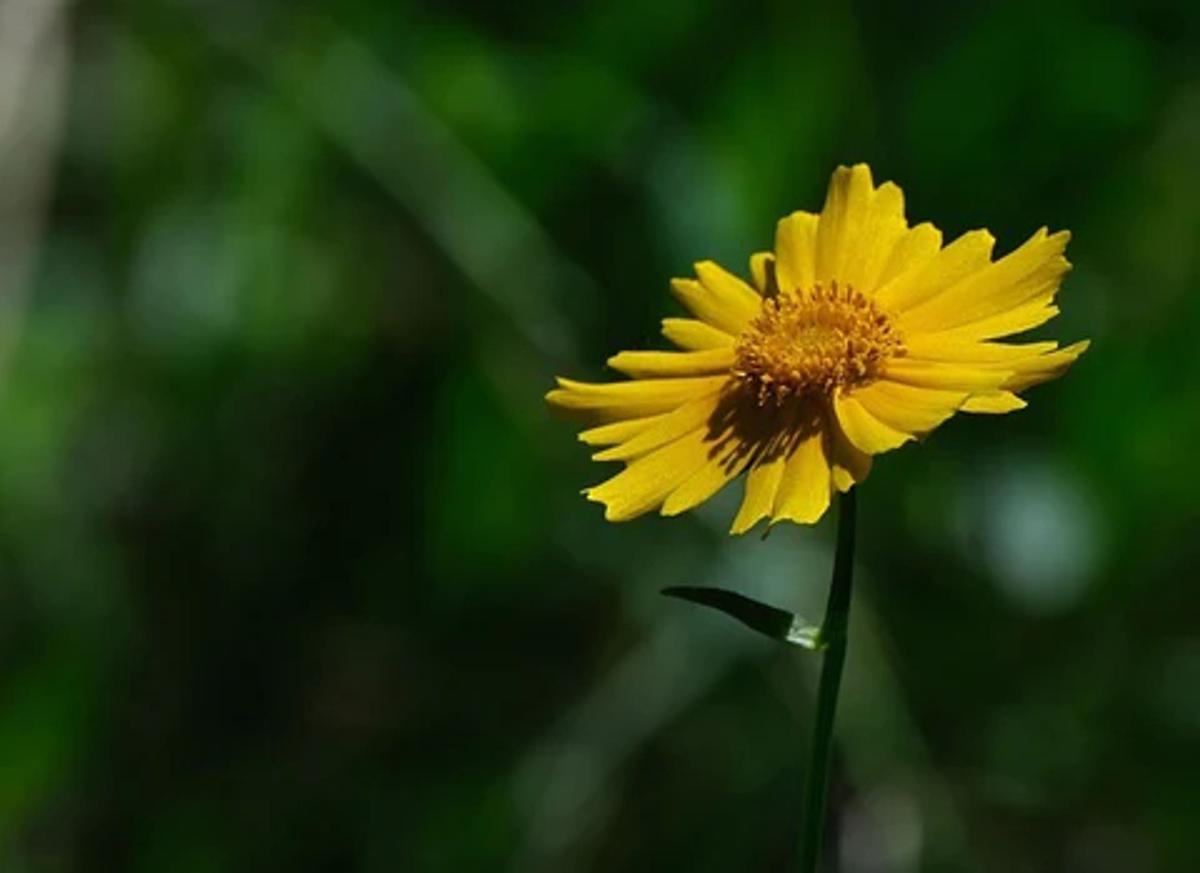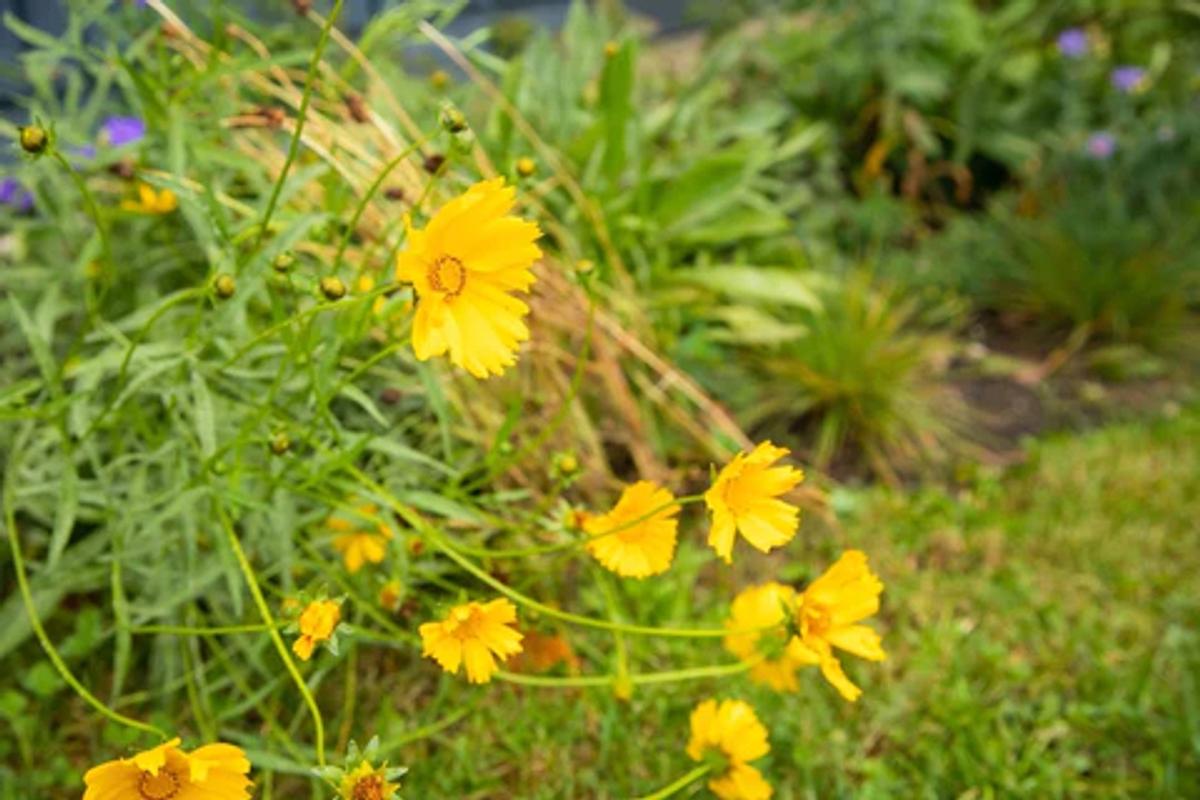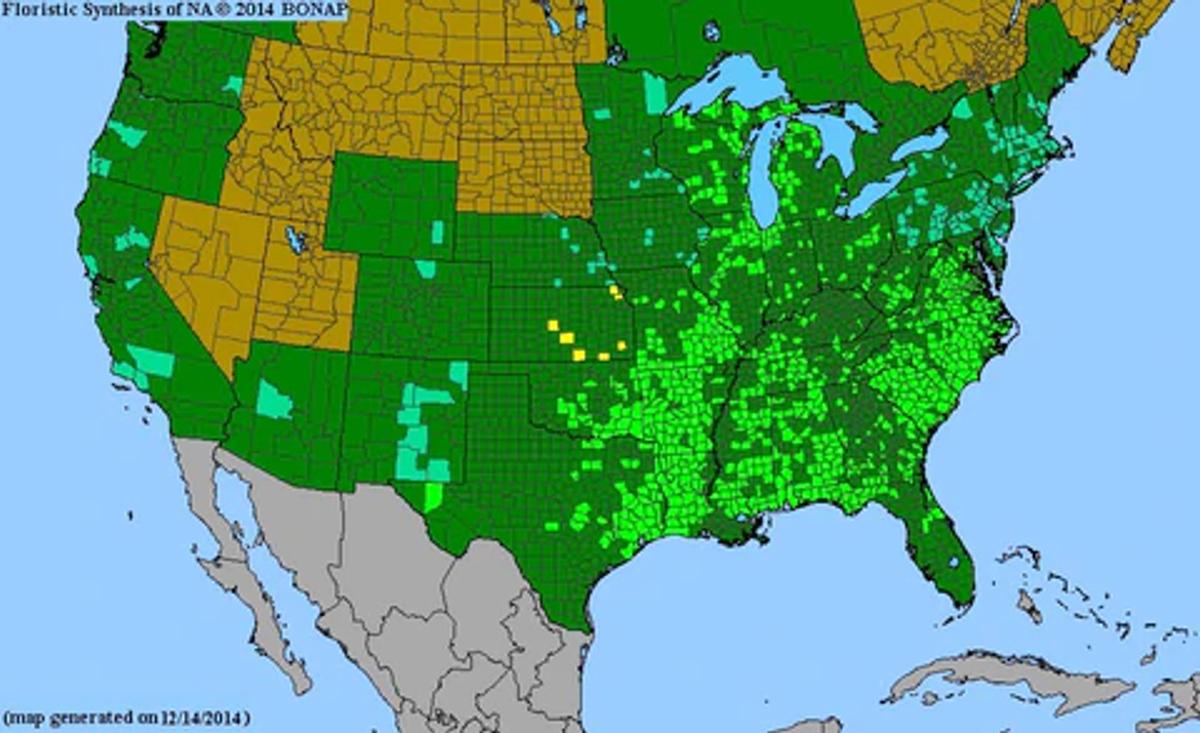Should I plant Lanceleaf Coreopsis (Coreopsis lanceolata) in my yard?


Welcome to the latest installment of our "Know Your Natives!" series, which explores the wonders of native plants across the United States. In each post, we dive into the ecology, appearance, and growing requirements of individual native plants, while also providing some fun trivia and highlighting their importance for the environment. Whether you are new to natives or a botanical pro, we hope this series will help you get a better sense for the benefits of using native plants in landscaping and gardening: from their ability to support local ecosystems to their stunning visual appeal. Join us on this journey to discover the diversity and value of native plant species and learn how you can incorporate them into your own green spaces.
An Introduction to Lanceleaf Coreopsis

Lanceleaf Coreopsis (Coreopsis lanceolata) is a hardy and adaptable perennial plant that is native to most of the United States. This sun-loving plant is characterized by its bright yellow daisy-like flowers that bloom profusely in the spring and summer, attracting pollinators such as bees and butterflies to the garden. This is a great choice for a low-maintenance garden or landscape, as it is drought-tolerant, pest-resistant, and can grow in a wide range of soil types and conditions. In this post, we'll explore the many benefits and characteristics of this amazing plant, as well as tips for growing it in your own garden or landscape.
At-A-Glance - Lanceleaf Coreopsis

The large, golden-yellow saucer-like flowers of Lanceleaf Coreopsis declare the start of summer and bloom for weeks on end. This naturally short-statured plant makes an excellent addition to any sunny garden border due to its tendency to spill across the ground in a golden cascade. Lanceleaf Coreopsis is naturally found in sandy or rocky soils, so it thrives in the toughest garden situations. It attracts many bees and butterflies, including the wavy-lined emerald moth and a specialist long-tongued bee, both of whom rely on this plant to feed their young.

Common Name(s): Lanceleaf Coreopsis, Sand Coreopsis, Lance Leaved Coreopsis, Lance Leaf Tickseed, Lanceleaf Tickseed
Scientific Name: Coreopsis lanceolata
Type: Herbaceous Perennial
Root Structure: Fibrous Root System
Sun Exposure: Full Sun (6+ hours a day); can tolerate some shade
Soil Moisture: Prefers well drained soil. Medium to Dry soils once established. Moist during first year.
Soil Types: Well drained loamy, sandy, or rocky soils.
Other Benefits: Pollinator favorite; Deer resistant; Erosion control; Attract Hummingbirds
Bloom Color: Showy golden flowers
Bloom Period: Late spring through mid to late summer. Can go longer with deadheading.
pH: Highly adaptable but prefers Slightly Acidic to Slightly Alkaline (6.0 to 7.5)
Native Range: Native to the Midwest and Southeastern US; introduced or naturalized elsewhere.

Range Map: Created by the Biota of North America Program (BONAP) and based on historical species records, this range map shows you a great overview of the distribution of Lanceleaf Coreopsis in the United States and Canada. Brown indicates no record in the county; Greens indicate recorded listing in the county.

Style Guide
Flowers: Produces an abundance of bright yellow disc flowers on slender, erect stems, which sway in the breeze and provide a lovely accent in the garden or landscape. Flowers are generally two to three inches in diameter and pinnately lobed, with a single row of eight to ten ray florets surrounding the flat yellow center disks.
Foliage: Lance-shaped leaves are typically two to four inches long and about a half-inch wide, with a medium to dark green color. The leaves grow on slender stems and are arranged opposite each other along the stem, giving the plant an overall delicate appearance. Foliage sprawls towards basal leaves.
Shape: Features an upright, clump-forming habit. Will spread gradually in a landscape to form colonies of small clumps.
Height: Grows up to 1-2 feet tall
Wildlife Attraction: Highly attractive to various beneficial pollinators, including bees, butterflies, and other insects. The bright yellow ray flowers provide an abundant source of nectar and pollen while blooming, and songbirds feed on seeds in the later season, making it a valuable addition to any pollinator garden or wildlife habitat.
Planting Instructions & Care
Coreopsis lanceolata is a hardy and low-maintenance perennial plant that is relatively easy to cultivate. To help ensure its success in the garden, follow these care tips:
Site selection: Prefers a site with full sun exposure, meaning at least six hours of direct sunlight per day. The plant can tolerate some shade, but will produce fewer flowers and may become leggy or floppy in shadier conditions.
Planting: Plant mid-spring or fall spacing plants 12 to 18 inches apart.
Watering: Water regularly during the establishment period, but reduce watering once the plant is established.
Collecting Seeds: Produces seeds in the late summer or early fall. To collect seeds, wait until the flowers have finished blooming and the seed heads have turned brown and dry. Cut the seed heads off the plant and place them in a paper bag. Allow the seed heads to dry further in a warm, dry place for a few days, then gently shake the bag to release the seeds. Store the seeds in a cool, dry place until you are ready to plant them. Lanceleaf Coreopsis does not require stratification, so the seeds can be sown directly into the garden bed or started indoors in trays in late winter for planting in the spring.
Fertilization: Does not require fertilization, but if growth is weak, apply a balanced fertilizer in early spring.
Pest and disease control: Generally pest- and disease-resistant, but may be susceptible to root rot if planted in poorly drained soils. Provide good air circulation and avoid overhead watering to prevent fungal diseases such as crown rot.

Maintenance
Coreopsis lanceolata is a very low-maintenance plant that does not require much care to maintain a tidy appearance. In any case, here are some tips to help you maintain this plant:
- Deadhead flowers: Deadhead spent flowers to help achieve additional bloom time and prevent leggy appearance. As this plant freely self seeds, deadheading can also help prevent unwanted seedlings or the formation of overly extensive colonies via self seeding.
- Cut back stems in the fall: Cutting back by about one-third of total height in late summer or early fall will promote healthy growth and prevent the plant from becoming too tall and floppy.
Species Relationships

Coreopsis lanceolata directly supports hundreds of our wild bees, moths, butterflies and other important pollinating insects. Some of the most frequent bee visitors include members of the long-tongued bee group Apidae, such as bumblebees (genus Bombus) and small carpenter bees (genus Ceratina). Birds will readily feed on abundant seeds in the later season and can perch on the long stalks to survey your yard. By establishing Coreopsis lanceolata in your yard you will support many visiting pollinators, birds and more in your yard and local ecosystem.
As with some other plants in the genus Coreopsis, Lanceleaf Coreopsis is commonly called "Tickseed" because people once believed that the seeds - which are small and flat, resembling ticks or buttons - could be used to treat tick bites. However, perhaps unsurprisingly, there is no scientific evidence to support this claim!
Summary

Almost anywhere in the country, Lanceleaf Coreopsis is an easy-to-grow native plant that adds a bright burst of color to gardens and provides numerous ecological benefits. I would recommend Lanceleaf Coreopsis because it:
- is highly popular plant among a wide variety of pollinators, including bees, butterflies, and beneficial insects
- is drought-tolerant and low-maintenance, making it a great choice for xeriscaping and other sustainable landscaping practices
- features bright long-blooming flowers that often last from late spring to early fall
- is closely related to many other important native plants, including sunflowers, coneflowers, and asters, and can be used in a variety of garden styles and planting schemes

Read about other native plants in the 'Know Your Natives' series
Share this article


